Understanding the Manufacture of Plastic Parts
The manufacture of plastic parts is a crucial component across multiple industries, ranging from automotive to consumer goods. As businesses continue to innovate and adapt to market needs, understanding the intricacies of plastic part manufacturing becomes vital for achieving efficiency, quality, and sustainability in production.
Overview of Plastic Manufacturing Processes
Plastic manufacturing encompasses a variety of processes designed to create parts and products for diverse applications. The primary methods include:
- Injection Molding: This widespread method involves injecting molten plastic into a mold, allowing for the creation of complex shapes with tight tolerances and high repeatability.
- Extrusion: In extrusion, plastic is melted and formed into continuous shapes by pushing it through a die. This process is ideal for producing items like pipes, sheets, and films.
- Blow Molding: Utilized mainly for hollow objects, blow molding involves inflating melted plastic within a mold to take the shape of the mold cavity.
- 3D Printing: Also known as additive manufacturing, this method constructs objects layer by layer from digital files. It offers remarkable design flexibility and rapid prototyping capabilities.
Importance of Material Selection
Choosing the right materials for plastic manufacturing is fundamental. The selection impacts the performance, cost-efficiency, and sustainability of the final product. Factors to consider include:
- Mechanical Properties: Each application may require different toughness, flexibility, or strength characteristics.
- Thermal Stability: Materials must withstand processing temperatures and the operational environment.
- Chemical Resistance: Exposure to certain chemicals could degrade the material.
- Environmental Impact: With sustainability becoming a priority, selecting recyclable or biodegradable materials can enhance the product’s marketability.
Applications of Plastic Parts in Various Industries
Plastic parts find applications across multiple sectors due to their versatile characteristics. Some key industries include:
- Automotive: Components like dashboards, bumpers, and interior fittings benefit from lightweight and impact-resistant plastics.
- Consumer Electronics: High-performance plastics are essential for manufacturing casings and internal components of devices.
- Medical: Plastics are vital in medical devices, providing sterilizable and biocompatible options.
- Packaging: Innovative plastic solutions are essential for ensuring food safety and extending product shelf life.
Key Techniques for Manufacturing Plastic Parts
Injection Molding: A Leading Method
Injection molding is arguably the most popular method of plastic manufacturing today. Its efficiency and scalability make it suitable for large production runs, and it can achieve detailed features that other methods cannot. The process involves several key steps:
- Material Preparation: The plastic material is dried and melted in a barrel.
- Injection: The molten plastic is injected into a mold at high pressure.
- Cooling: The plastic cools and solidifies in the desired shape.
- Ejection: Once set, the mold is opened, and the new part is ejected.
The versatility of injection molding allows manufacturers to produce both simple and complex geometries efficiently.
Exploring Extrusion and Blow Molding
Extrusion and blow molding are particularly advantageous for specific applications:
Extrusion
This process continuously shapes material into profiles or sheets. It is widely used for creating items like:
- Pipes
- Plastic sheets
- Film
Blow Molding
Blow molding is ideal for hollow items like bottles. The process involves forming a parison (a tube of plastic) and inflating it to create the final product. It has distinct advantages:
- Efficient for creating lightweight hollow products.
- Suitable for high-volume production.
Advantages of 3D Printing in Plastic Manufacturing
Thanks to advancements in technology, 3D printing has emerged as a game-changer for custom plastic manufacturing, enabling quicker prototyping and an array of design possibilities:
- Customization: Enables unique designs that traditional methods cannot achieve.
- Reduced Waste: Materials are used solely based on the design, leading to lower scrap rates.
- Rapid Prototyping: Develop and test designs quickly compared to traditional techniques.
Choosing the Right Manufacturing Process
Factors to Consider for Efficiency
Selecting the appropriate manufacturing process requires a thorough analysis of several factors:
- Production Volume: High-volume needs may favor injection molding, while low-volume production can benefit from 3D printing.
- Complexity of Design: Intricate designs often necessitate advanced molding techniques.
- Material Specifications: The chosen material greatly influences the selection of manufacturing methods.
Cost Analysis of Different Processes
Understanding the cost implications of various manufacturing processes can provide insights into potential savings and efficiencies:
- Initial Setup Costs: Injection molding typically requires higher upfront costs for tooling, while 3D printing has a lower barrier to entry.
- Operational Costs: Once set up, injection molding can produce parts at a lower cost per unit due to its speed and efficiency.
Common Challenges in the Manufacture of Plastic Parts
While efficient, the manufacture of plastic parts also presents challenges:
- Material Degradation: Proper storage and handling of materials are paramount to prevent degradation.
- Quality Control Issues: Ensuring consistency across batches is vital for maintaining product quality.
Quality Control in Plastic Part Manufacturing
Standards and Compliance Requirements
To compete in today’s market, manufacturers must adhere to strict quality control standards. Industry standards, such as ISO 9001, provide frameworks for managing quality systems. Compliance with safety and environmental regulations is also crucial.
Testing Methods for Quality Assurance
To ensure product quality, manufacturers commonly employ various testing methods:
- Dimensional Inspection: Verifying the physical dimensions of parts against specifications.
- Material Testing: Assessing mechanical properties like tensile strength and impact resistance.
- Visual Inspection: Checking for surface defects and overall appearance.
Continuous Improvement Strategies
Successful manufacturers utilize continuous improvement practices such as:
- Lean Manufacturing: Streamlining processes to reduce waste and increase efficiency.
- Six Sigma: Employing statistical methods to improve quality and reduce defects.
Future Trends in Plastic Manufacturing
Innovation and Technology Advancements
The future of plastic manufacturing looks bright with innovations on the horizon. Advancements include:
- Smart Manufacturing: Integrating IoT devices to enhance monitoring and control over the production process.
- Advanced Materials: The development of new composite materials that combine lightweight benefits with strength.
Sustainability in Plastic Manufacturing
The industry is focusing on sustainable practices. Efforts include:
- Recycling Initiatives: Promoting materials that can be recycled after their initial use.
- Biodegradable Plastics: Researching and creating alternatives that lessen environmental impacts.
Market Demand and Industry Growth Projections
With increasing demand for plastic components, the industry is projected to grow significantly. Current trends reflect:
- Growing applications in emerging markets like electric vehicles and renewable energy sources.
- Rising consumer awareness and demand for sustainable products driving market shifts.
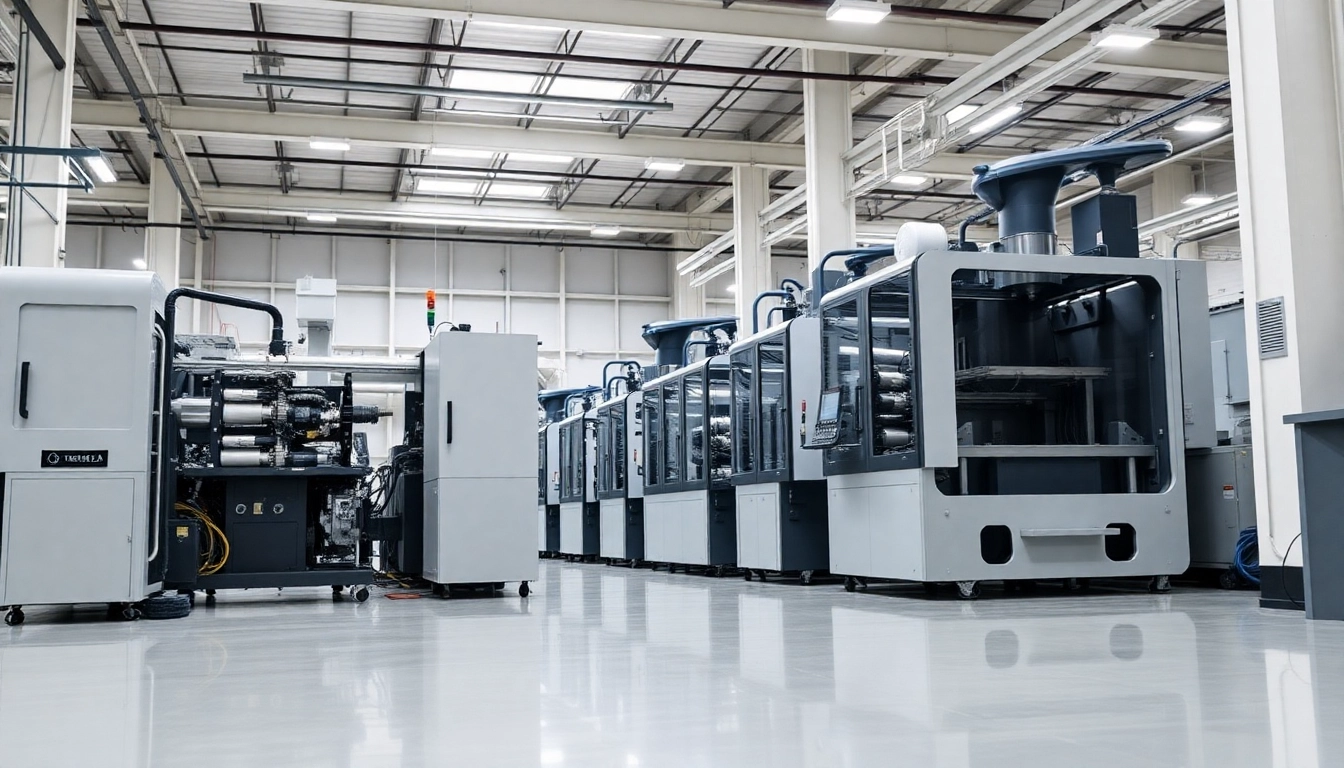
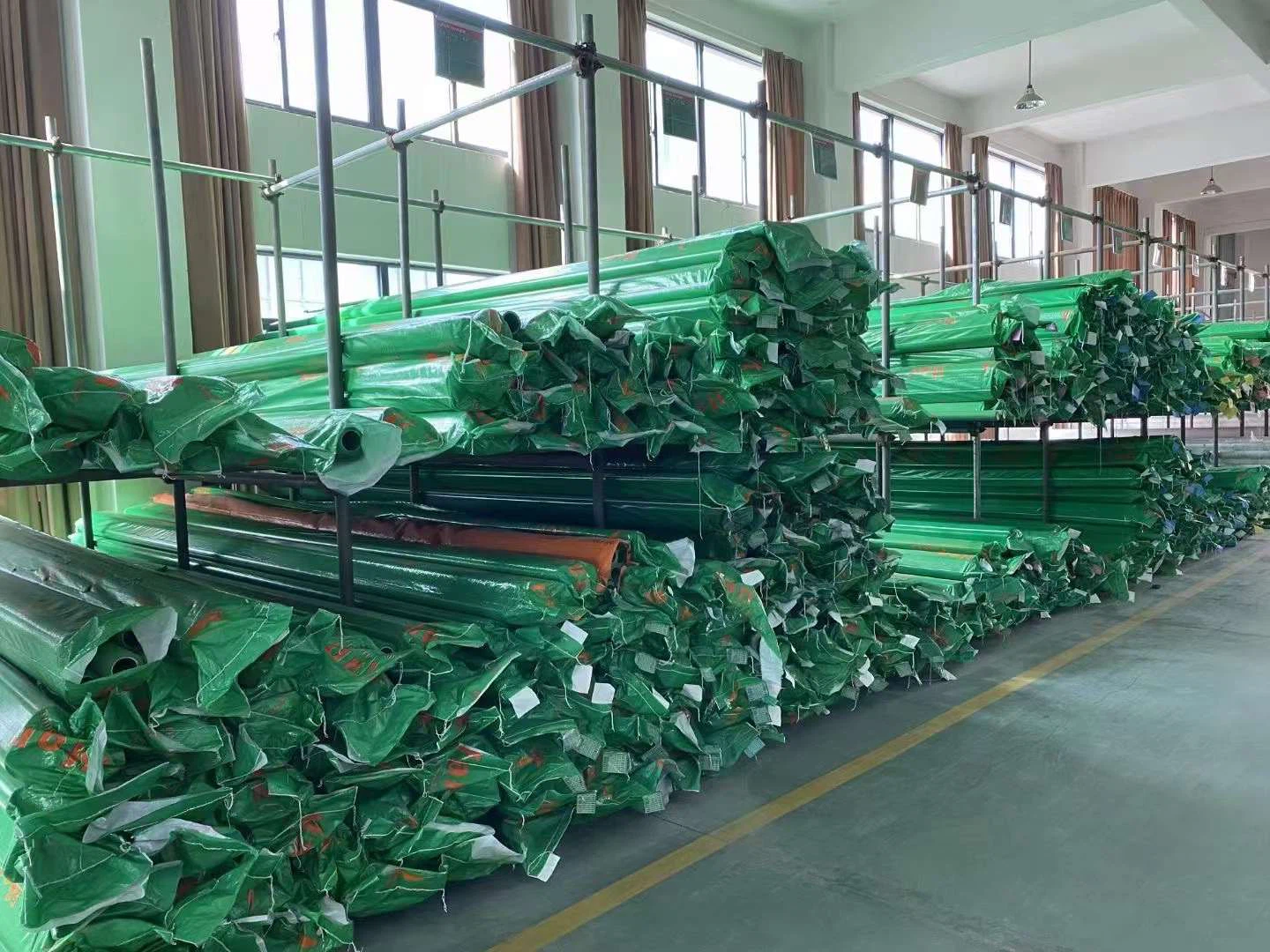
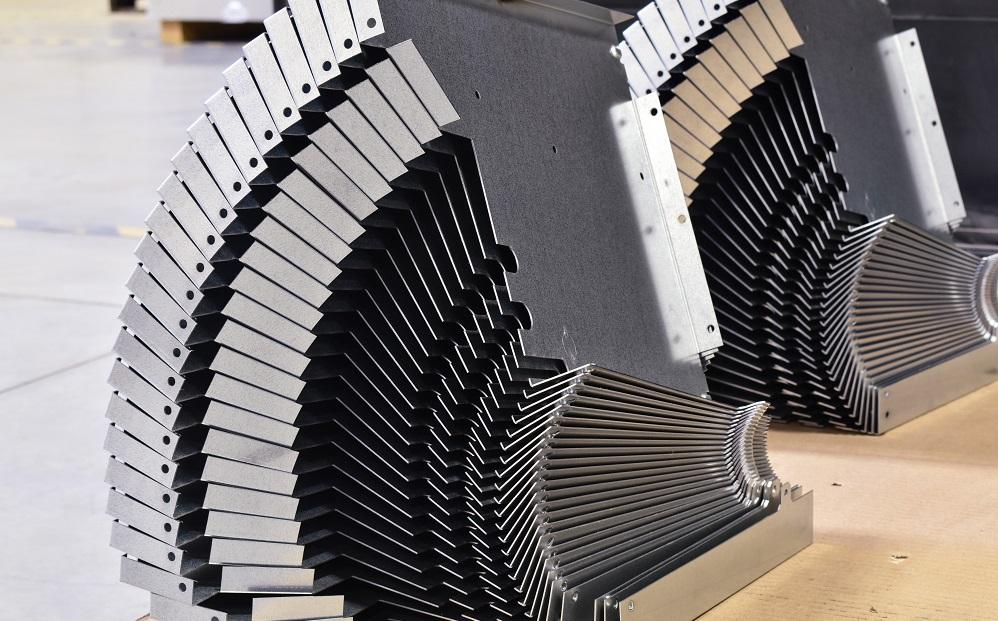
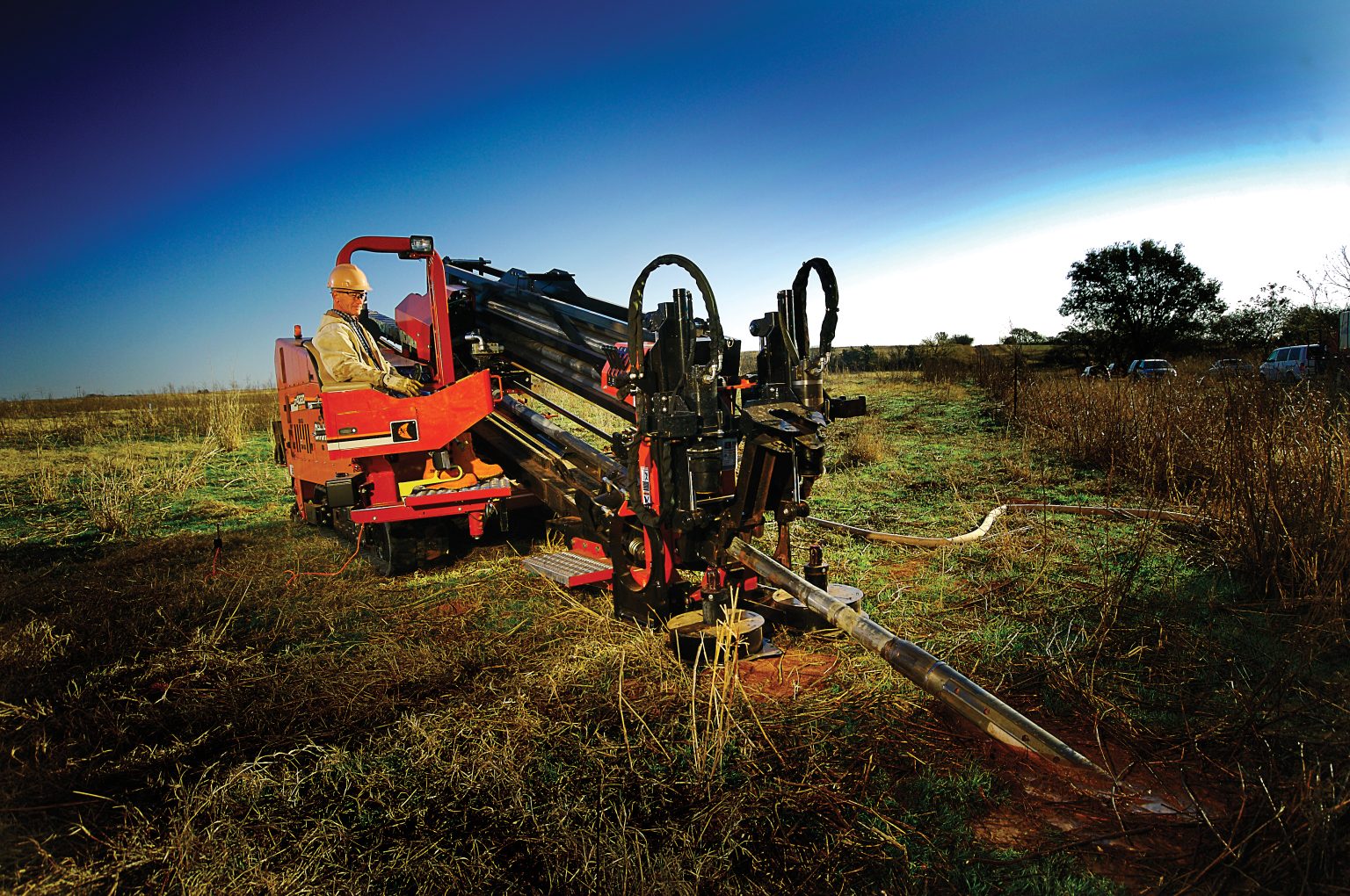
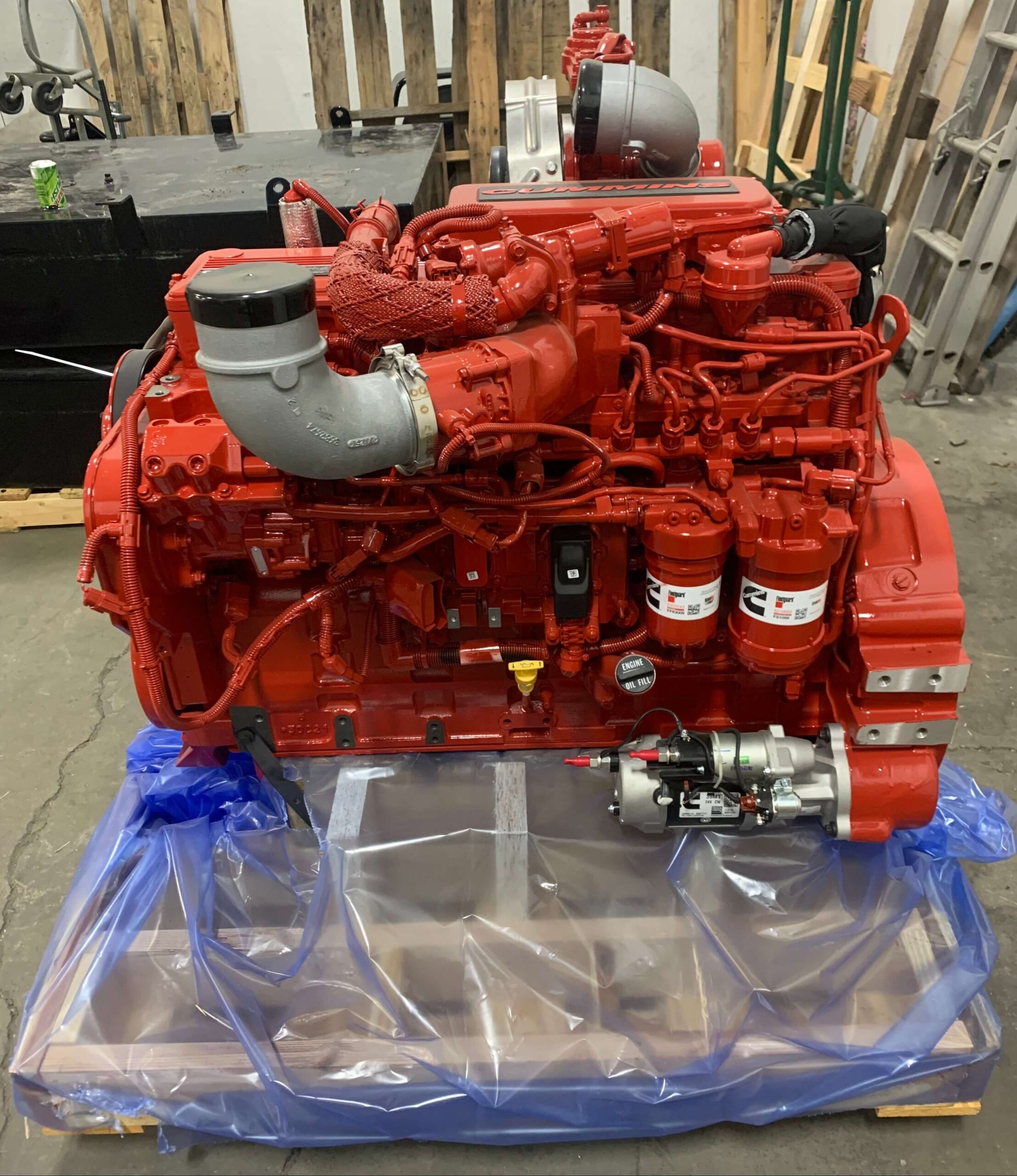




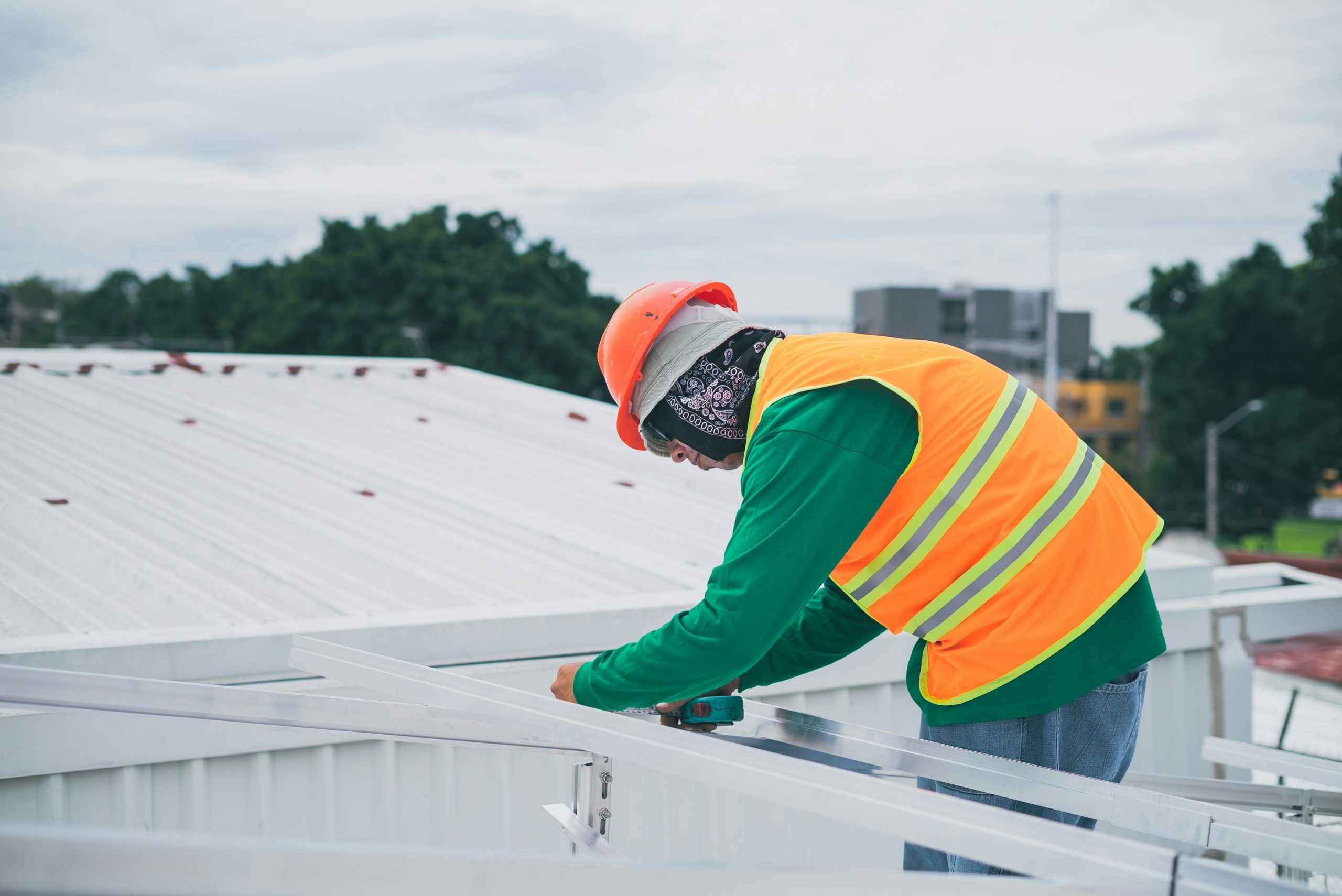
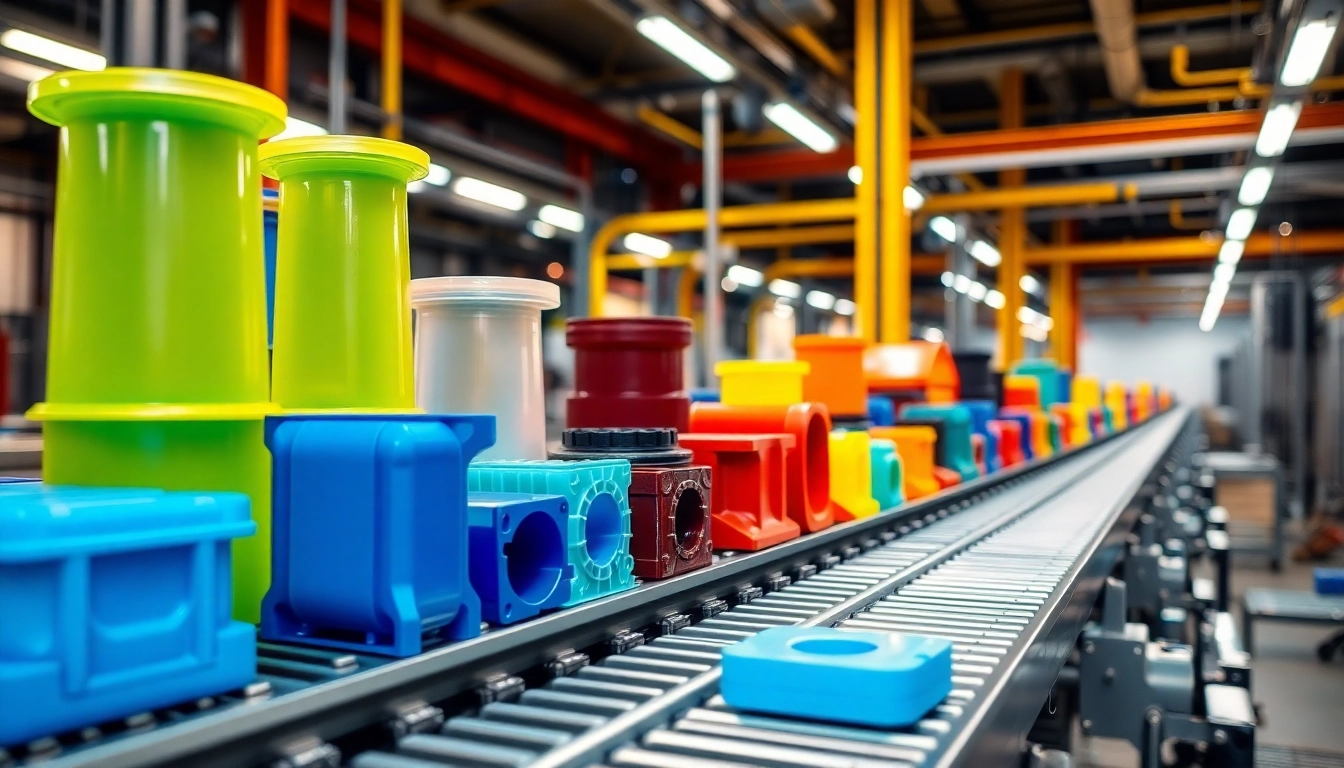




Leave a Reply